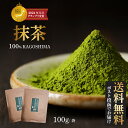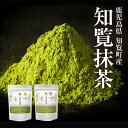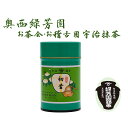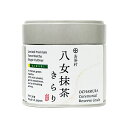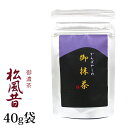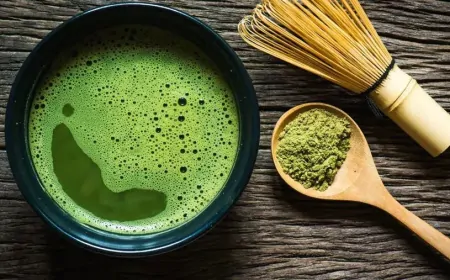Exploring the World of Vegetarian Ramen
Ramen, with its rich broth, springy noodles, and tantalizing toppings, has long been a beloved staple of Japanese cuisine.
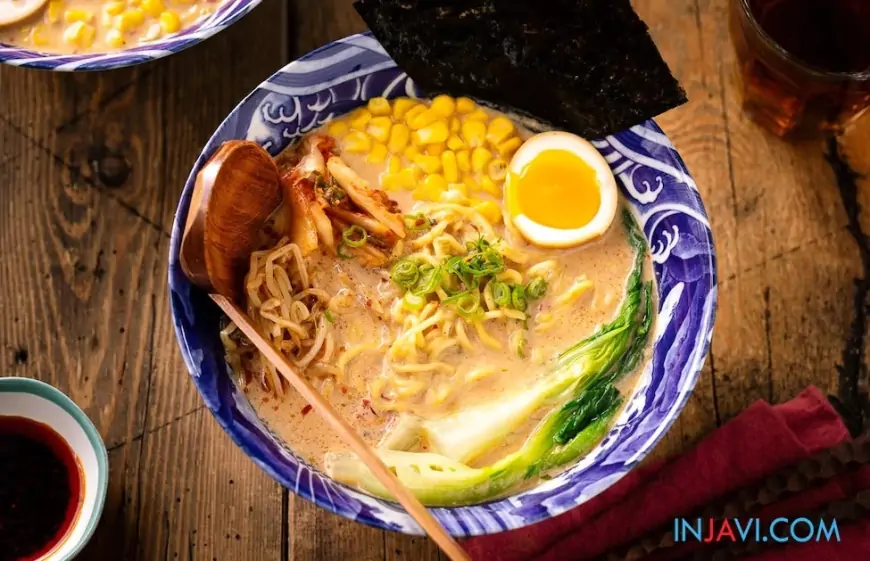
Traditionally, this iconic dish features meat-based broths and toppings, but in recent years, there has been a surge in popularity for vegetarian ramen options.
Join InJavi as we embark on a flavorful journey into the world of vegetarian ramen, exploring its diverse variations, innovative ingredients, and the artistry behind crafting a bowl that satisfies both the palate and the soul.
1. The Essence of Vegetarian Ramen
Vegetarian ramen is more than just a meatless rendition of the classic dish; it's a celebration of fresh, seasonal ingredients and culinary creativity. At its core, vegetarian ramen revolves around a flavorful broth that serves as the foundation of the dish. Instead of relying on animal-based stocks, vegetarian ramen broths are often crafted from a medley of vegetables, mushrooms, and seaweed, resulting in a robust and aromatic base that's brimming with umami goodness.
But it's not just about the broth; the toppings play a crucial role in elevating the flavor profile of vegetarian ramen. From marinated tofu and seasoned vegetables to crispy tempura and soft-boiled eggs, the possibilities are endless. Each topping adds its own unique texture and flavor, creating a harmonious symphony of tastes with every spoonful.
2. Exploring Regional Variations
Just as there are countless regional variations of traditional ramen, the world of vegetarian ramen offers a diverse array of styles and interpretations. In Tokyo, you might encounter light and delicate shoyu (soy sauce) ramen, featuring a clear broth and subtle umami notes. Travel to Kyoto, and you'll find elegant and refined shio (salt) ramen, with a broth that's seasoned to perfection and toppings that showcase the season's bounty.
Venture further afield to Hokkaido, and you'll be greeted by hearty and comforting miso ramen, characterized by its rich and hearty broth made from fermented soybean paste. And let's not forget about the spicy and robust tantanmen ramen of Osaka, which packs a flavorful punch with its fiery broth and bold toppings. Whether you're craving something light and refreshing or hearty and comforting, there's a vegetarian ramen variation to suit every taste and preference.
3. The Rise of Innovative Ingredients
As the demand for vegetarian options continues to grow, chefs and restaurateurs are pushing the boundaries of traditional ramen by incorporating innovative ingredients and techniques. From house-made vegetable broths infused with aromatic herbs and spices to plant-based meat substitutes that mimic the texture and flavor of traditional proteins, vegetarian ramen has never been more exciting or diverse.
One trend that's gaining popularity is the use of seasonal and locally sourced ingredients, allowing chefs to showcase the freshest produce and support sustainable farming practices. Imagine slurping down a bowl of ramen topped with crispy fried lotus root and tender bamboo shoots, or savoring the delicate flavors of a broth infused with foraged wild mushrooms and fragrant yuzu zest. With each bite, you're not just enjoying a delicious meal; you're experiencing a culinary journey through the vibrant flavors of the season.
4. Crafting the Perfect Bowl
At the heart of every bowl of vegetarian ramen lies the artistry and skill of the chef. Crafting the perfect bowl requires meticulous attention to detail, from selecting the finest ingredients to balancing flavors and textures with precision. It's a labor of love that takes years of practice and dedication to master, but the result is a culinary masterpiece that delights the senses and nourishes the soul.
The journey begins with the broth, which serves as the canvas upon which the rest of the dish is built. Whether it's a light and clear broth or a rich and hearty one, the key is to extract maximum flavor from the ingredients while maintaining a delicate balance of aromas and tastes. Next comes the noodles, which should be springy and chewy, with just the right amount of bite.
Then it's time to layer on the toppings, each one carefully selected to complement the flavors of the broth and noodles. From crunchy bean sprouts and tender spinach to tangy pickled ginger and fragrant garlic oil, every component plays a crucial role in creating a symphony of flavors that dance on the palate.
5. Embracing a Culinary Revolution
As we delve deeper into the world of vegetarian ramen, it becomes clear that it's more than just a culinary trend; it's a reflection of a broader cultural shift towards plant-based eating and sustainability. By embracing vegetarian ramen, chefs and diners alike are not only expanding their culinary horizons but also contributing to a more compassionate and environmentally friendly food system.
But perhaps more importantly, vegetarian ramen serves as a reminder of the transformative power of food to bring people together and nourish both body and soul. Whether you're a dedicated carnivore or a committed herbivore, there's something undeniably comforting and satisfying about a steaming bowl of ramen, enjoyed in the company of loved ones or savored in solitude.
As we conclude our journey into the world of vegetarian ramen, let us savor the memories of the flavors and aromas that have tantalized our senses along the way. From the bustling streets of Tokyo to the tranquil temples of Kyoto, vegetarian ramen has left an indelible mark on the culinary landscape of Japan and beyond.
So the next time you find yourself craving a comforting bowl of noodles, why not opt for a vegetarian version and embark on your own flavorful journey? Who knows what delicious discoveries await?
-------------------
Injavi.com - Visit Japan | Visit in Japan
Guide to living, studying and working in Japan
Related Products
